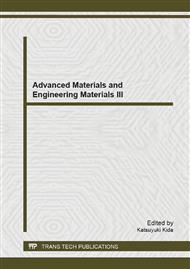p.716
p.720
p.727
p.732
p.738
p.742
p.747
p.751
p.755
Energy Assessment for China Nuclear Waste Based on Energy Harvesting
Abstract:
Chinas nuclear waste disposal is Developing country in the world in both technology and management mode, especially the spent fuel final disposal plan is the weaknesses. After a brief overview of the China nuclear waste disposal, the article focuses on analysis nuclear waste management experience. China model characteristics include perfect planning and system, the concept of absolute safety and requirements, and in the whole process of the public participation and dialogue. China model brings us a lot of valuable enlightenment for nuclear waste disposal and management in other country.
Info:
Periodical:
Pages:
738-741
Citation:
Online since:
February 2014
Authors:
Keywords:
Price:
Сopyright:
© 2014 Trans Tech Publications Ltd. All Rights Reserved
Share:
Citation:


